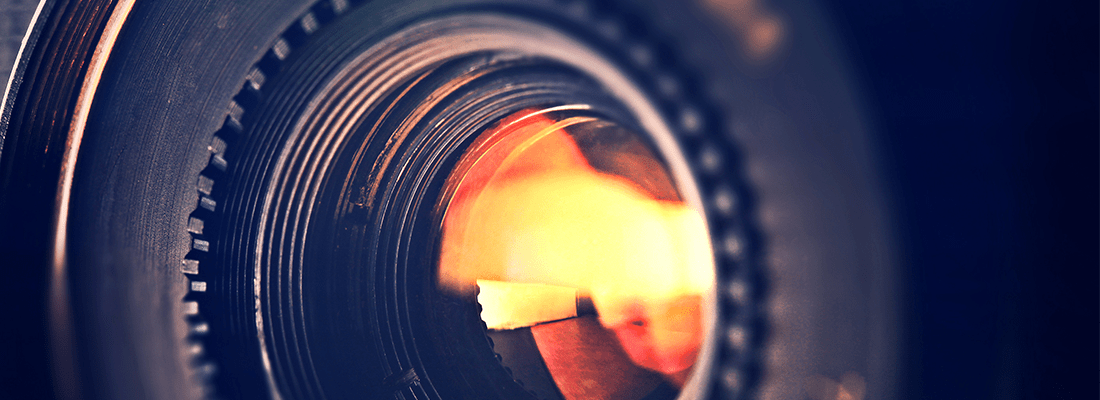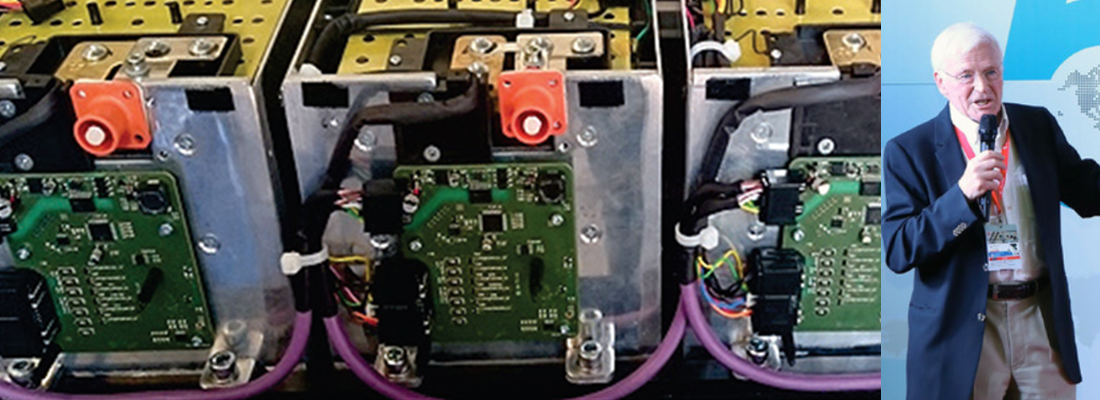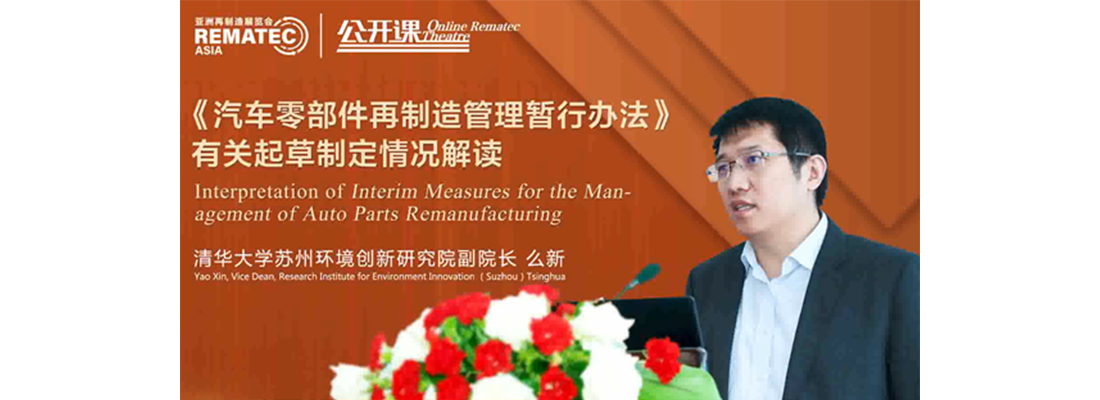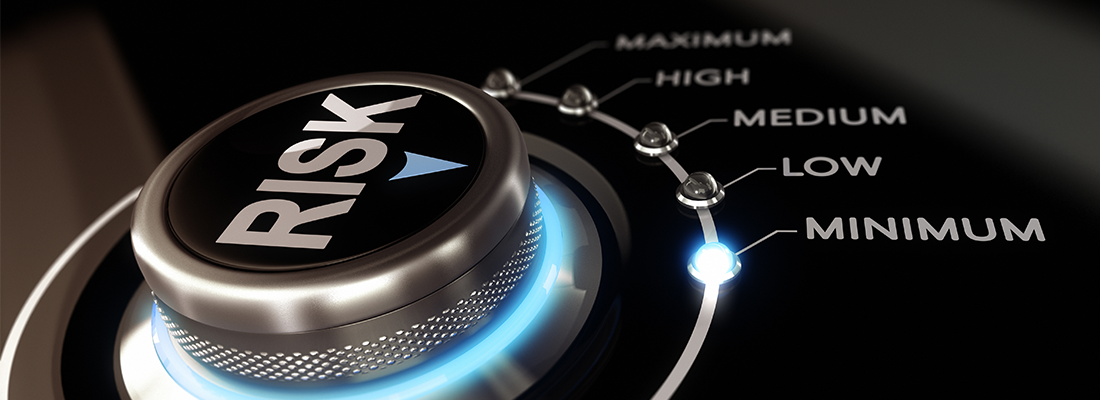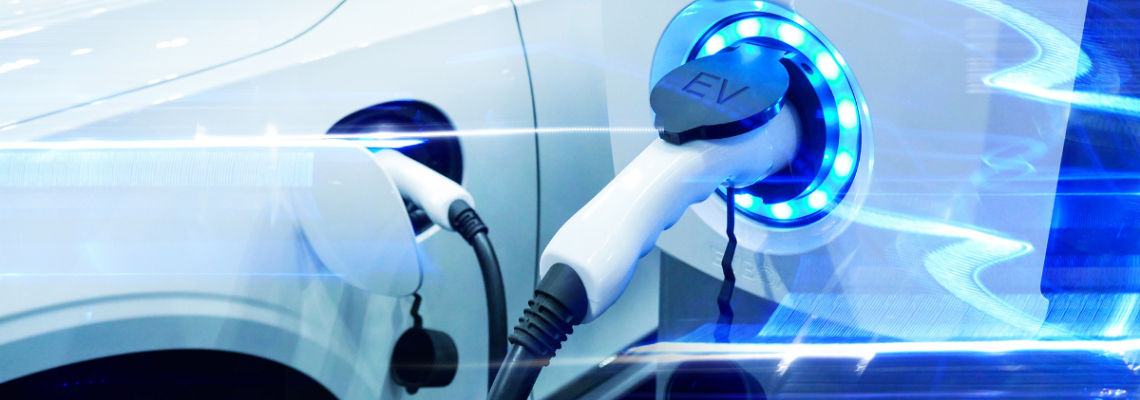Developing a solution for single use camera
One of the earliest examples of autonomous remanufacture is a fully automatic process for the remanufacturing of single-use cameras established by Fuji Film in Japan in the 1990s.
Although it enjoyed a good deal of global commercial success following the launch of its popular single-use cameras in 1990, the company found that many of the devices were accumulating at photo shops following the development of the images they contained. During this time, there was also an increase in environmental awareness, culminating in an upsurge in criticism directed towards the single-use cameras, as well as the fact that their batteries were used only once.
As Erik Sundin of Linköping University explains, this negative attention prompted Fuji Film to take responsibility for collecting and recycling or remanufacturing the devices - and assigned 50 of the 250 or so employees at its four manufacturing facilities in Ashihagara to work in a dedicated remanufacturing facility. As a result, Sundin reports that, by 2004, some 36 million - or 60% - of the 60 million single-use cameras produced by the company annually were assembled at the remanufacturing facility. Internationally, Fuji Film also established other remanufacturing facilities: two in Greenwood, South Carolina, US, and one in Kleve, Germany. However, according to Sundin, these did “not have the same level of automation as the Ashihagara facility”.
During the 1990s, the Ashihagara facility already stated about 15 different types of single-use cameras collected - of which, an impressive 90% were remanufactured. For the remanufacturing of the main types, the process is fully automated, with cameras that are not mainstream processed manually. Once the products arrive at Ashihagara, they go through a number of procedures, including: sorting, disassembly, cleaning, inspection, repair, assembly, further inspection and packaging.
“In the sorting step, the cameras that are automatically processed and the cameras that need to be remanufactured manually are separated. Following the sorting step, the automatic process is a fast, straight and singular flow. After disassembly, all components are processed in parallel,” says Sundin.

